Healthy waterways provide important habitat for native plants and animals, and they clean water naturally while moving stormwater out to sea. There are lots of ways that we can help keep waterways healthy. Here's our top 5 tips.
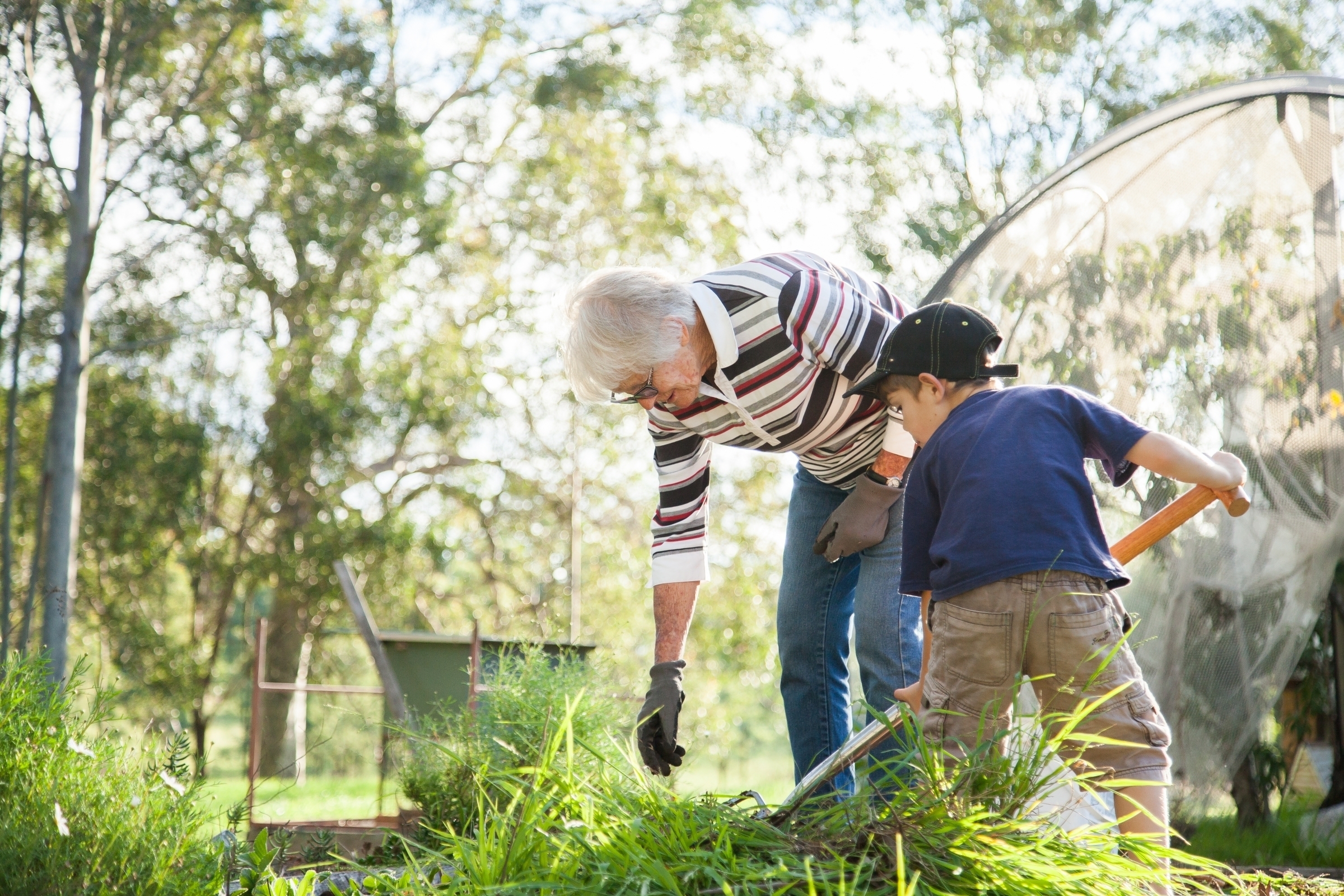
Adelaide’s waterways are the creeks, rivers and wetlands throughout the metropolitan area. They provide benefits for people and the environment – and the healthier they are, the greater the benefits.
The actions that you take in and around your property can have a big impact on your local waterway. Anything that happens upstream affects the water quality and conditions downstream, all the way to the coast.
Looking after waterways is now easier than ever with our property owner’s guide. The guide explores your responsibilities if you have a waterway running through your property, and outlines how we can all improve the health of our waterways.
Here’s 5 of our top tips to get you started:
1. Choose locally native plants
Now there’s another reason to love native plants – not only do they keep waterways clean by naturally filtering the water, they can also help to prevent erosion.
Planting native reeds and rushes is especially important for the stability of waterway beds and banks. This is because they have dense roots that reinforce and bind the soil together. In times of flood, these plants lie flat and allow floodwater to pass over them freely.
By choosing local native species, you know you are selecting plants that are best-suited to the conditions in your area and that they will also provide the type of food and shelter that native wildlife need to survive.
Need some help finding the right native species? Your local native nursery will be able to suggest the ideal plants for you, or you can use this plant selector tool.
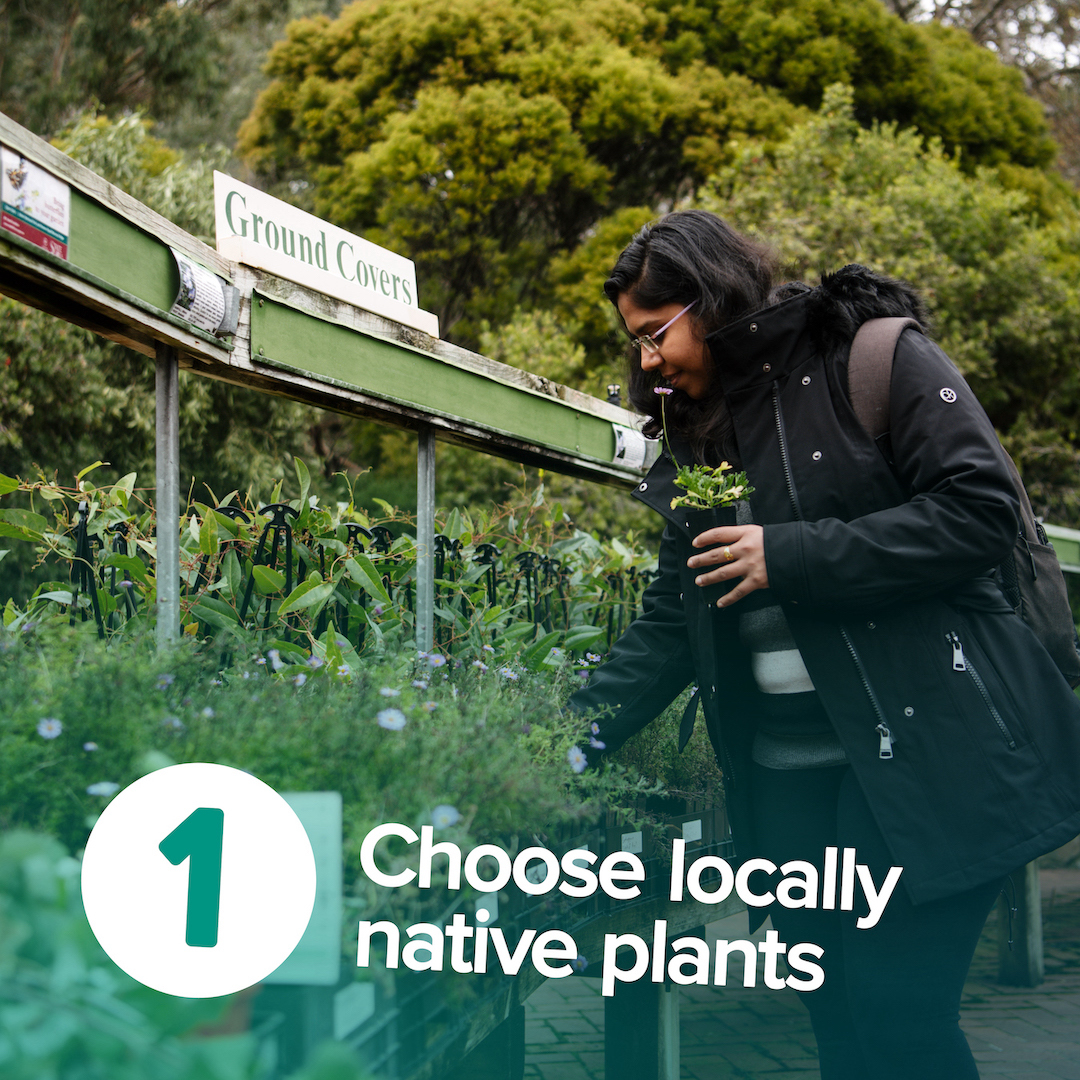
2. Be mindful when building structures
If you’re building or renovating near a waterway, there are a few things you’ll need to be mindful of.
If you plan to build or modify a structure that is in a waterway or on its floodplains, you will need to apply for a permit.
Types of structures can be bridges, retaining walls, fences, decks or sheds, culverts, pipes, fords, weirs, piers or footings.
Structures can cause all kinds of problems in waterways such as erosion, damage to the bed, banks and even the concrete channel or rock lining of a creek.
They can cause flooding when they block or slow down water flow, allowing sediment to build-up, and trapping leaf litter and debris.
A structure in a waterway can also create a barrier to migrating fish and other wildlife. This is very important to some of our native fish, as they rely on migrating between waterways and the sea to complete their lifecycle.

3. Remove invasive plants
Invasive plants or weeds are those that grow outside their natural area because of human activities. Some invasive species you might have seen around Adelaide’s waterways include exotic trees such as willows, ash and poplar, and weeds such as blackberry, briar rose and olive.
Due to the damage they can cause, some invasive plants have been declared as weeds and are not allowed to be planted.
All these invasive species can block water flow, displace other vegetation and provide no real habitat or food for native birds and animals, and in most cases they do not effectively hold the banks together.
Many exotic trees are also deciduous, meaning they drop all their leaves in late autumn. This large influx of leaf material breaks down rapidly in the water, reducing oxygen and releasing a lot of nutrients in a short time, which can lead to algal blooms.
Native trees shed their leaves steadily over the course of a year, so there’s a consistent input of organic material into the water.
But this doesn’t mean you should go pulling invasive plants all out at once. If the waterway bed becomes exposed it will be susceptible to erosion, so a staged approach to weed removal and revegetation with local native species is recommended.
It’s also important to check if a permit is required before removing vegetation from a waterway.
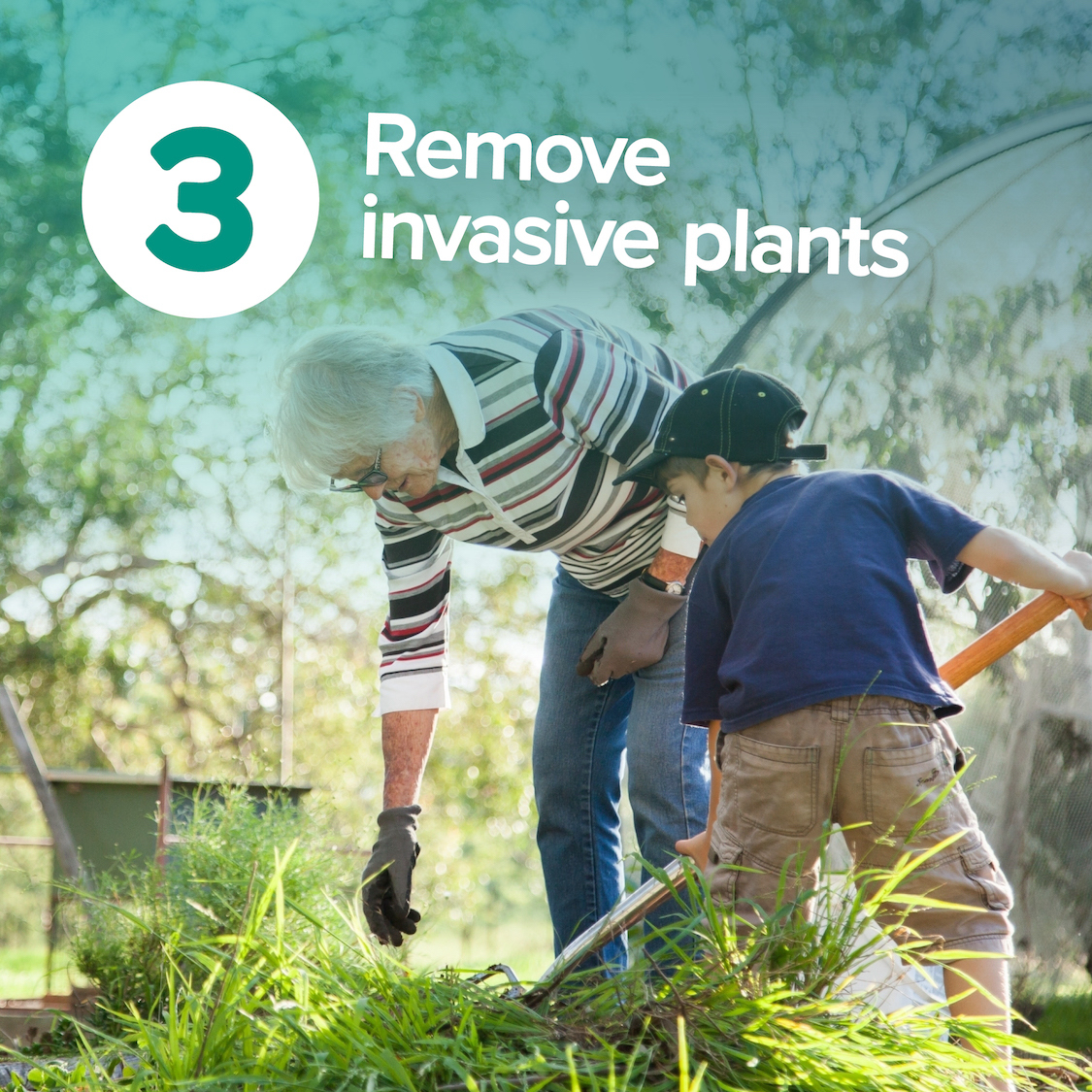
4. Keep outdoor surfaces pollutant free
Waterways collect stormwater from the surrounding urban landscape and your land before flowing downstream to a larger creek or river system.
Therefore, it’s important to make sure that the stormwater leaving your property, known as runoff, is as clean as possible.
One way you can keep your runoff clean is to avoid or minimise your use of fertilisers, herbicides and pesticides, as you don’t want them making their way into waterways and causing algal blooms.
Soaps, even the biodegradable ones, can harm fish and other aquatic life, so it’s important to wash your car or equipment on a grassy or gravel area where soapy water can filter into the soil instead of finding its way into the stormwater.
It’s also a good idea to cover any exposed piles of construction material or soil, because rain can carry them into a waterway.
If you’re thinking of building or replacing a new path or driveway, consider using materials that allow rainwater to pass through to the soil such as gravel, permeable pavers, or decking.
You can also direct the runoff from paved areas into native gardens where water can soak into the soil, this will remove pollutants, support plant life and replenish the groundwater.
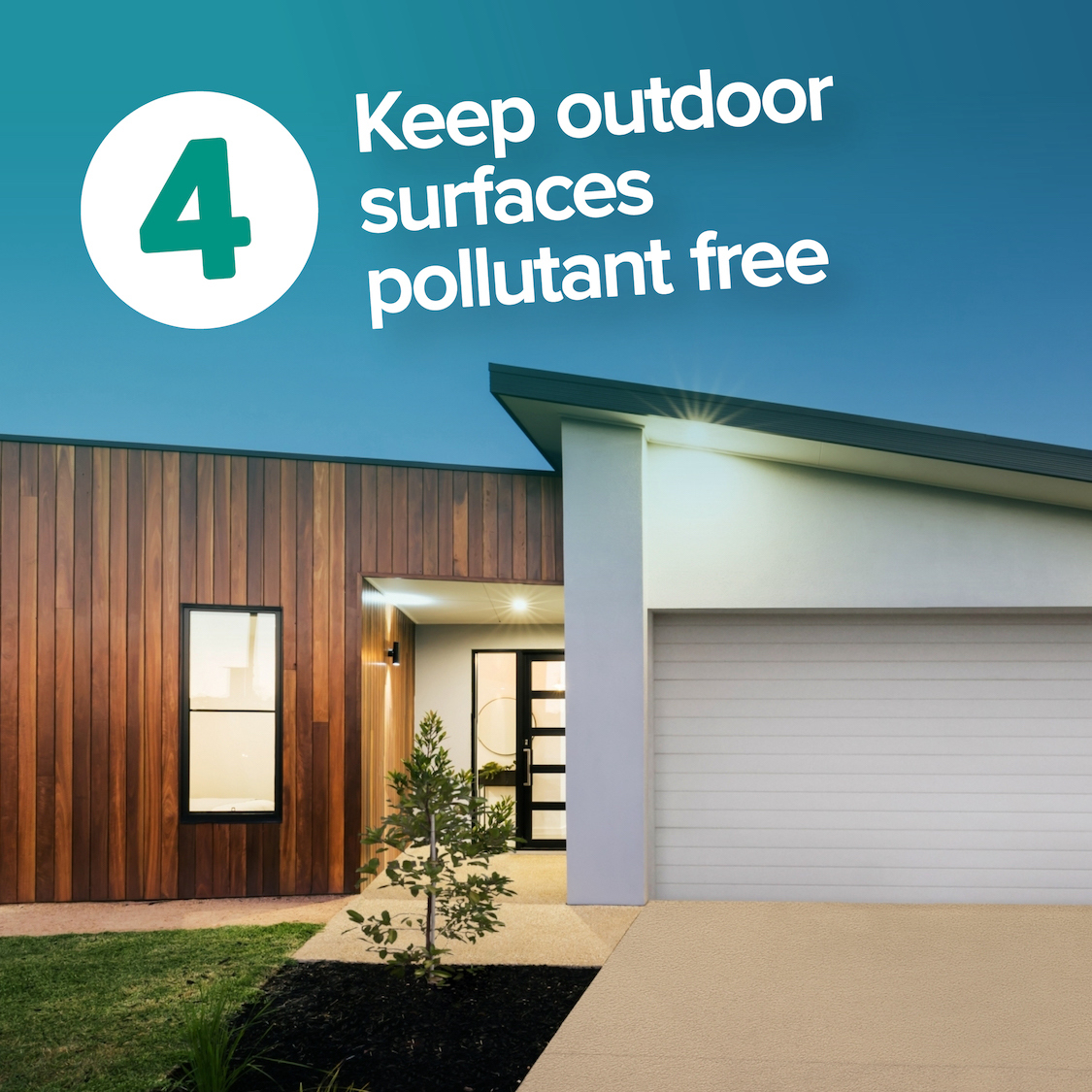
5. Keep leaves and rubbish out of the stormwater
What’s the big deal with organic waste such as leaf litter? When excess leaves make their way into our waterways, they not only cause blockages but they also add to the amount of nutrients in the water, sometimes causing harmful algae to grow and aquatic animals to die.
Try to collect as much of the leaves from your garden as possible, particularly in autumn, and place them in the green organics bin.
It’s never a good idea to hose down paved surfaces, not only is it a waste of water but it will send all that debris straight into the stormwater.
If you’re using a leaf blower, direct it away from the stormwater drain and use a broom to collect the leaves, dirt and twigs and pop it into your green bin when you’re done.
Even your pet poo should be kept at bay. Pet waste increases the level of bacteria in the water, also causing algal blooms and taking oxygen from the water. So, scoop up those poops and dispose of them carefully.
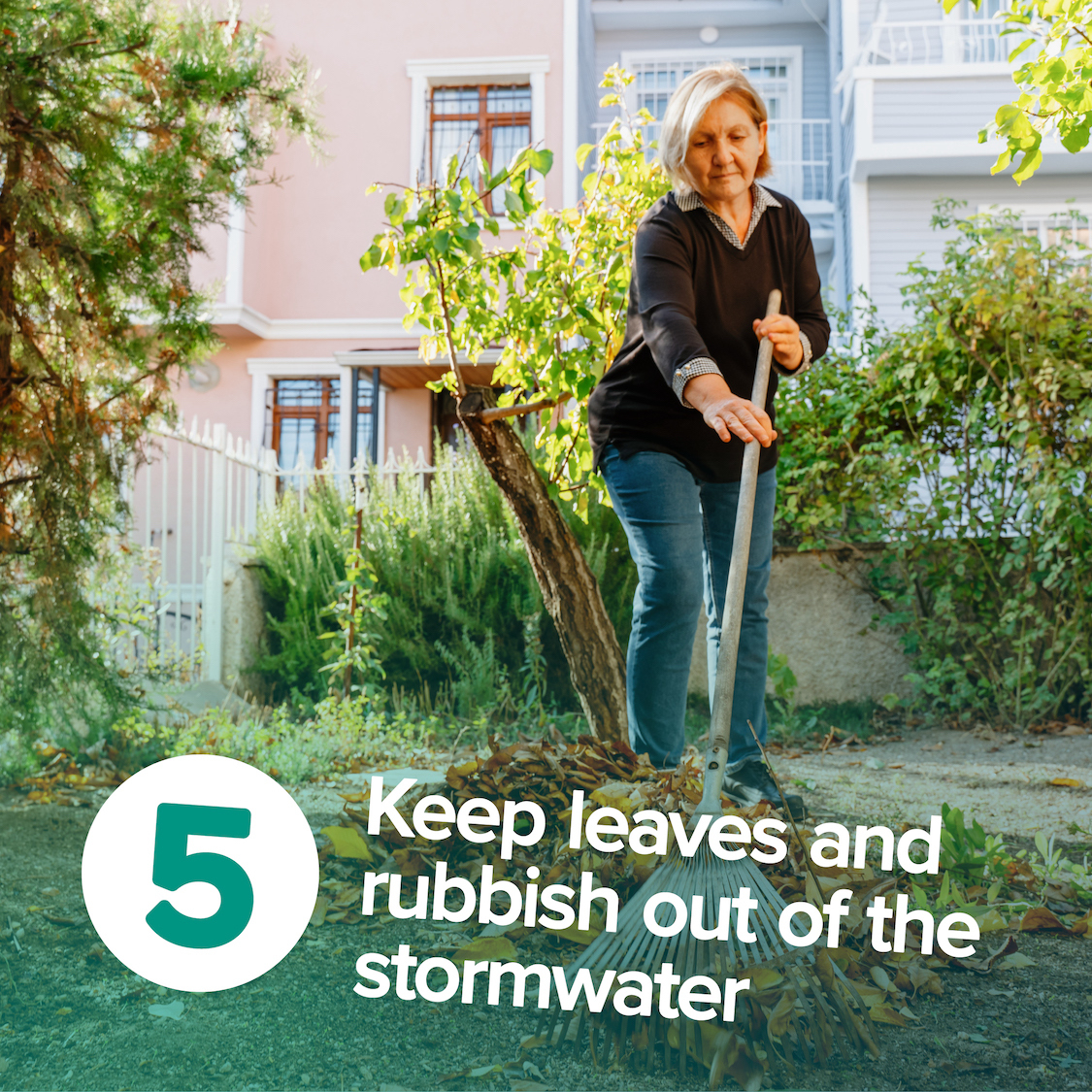
What should a healthy waterway look like?
Waterways come in all shapes and sizes, but you will be able to identify a healthy one if you can see:
- stable and intact bed and banks with minimal erosion
- a channel free of major obstructions, allowing water to flow downstream
- clean, mostly clear water, free from excessive sediment, algae, rubbish and odour
- a good cover of dense and diverse native vegetation
- cool water temperature (the higher the temperature the less oxygen available for aquatic animals)
- thriving native wildlife populations.
If you see a problem with your local waterway please report it to your local council.
Learn more about Adelaide’s water resources
Learn more about the water plans and permits in place in Adelaide, and when they are required.
Find out how we’re keeping rubbish out of Adelaide’s waterways..
Discover how groundwater is being replenished at Adelaide’s creeks and wetlands.
Like to learn more about Adelaide’s most iconic river? Here’s everything you need to know about the River Torrens/Karrawirra Pari.